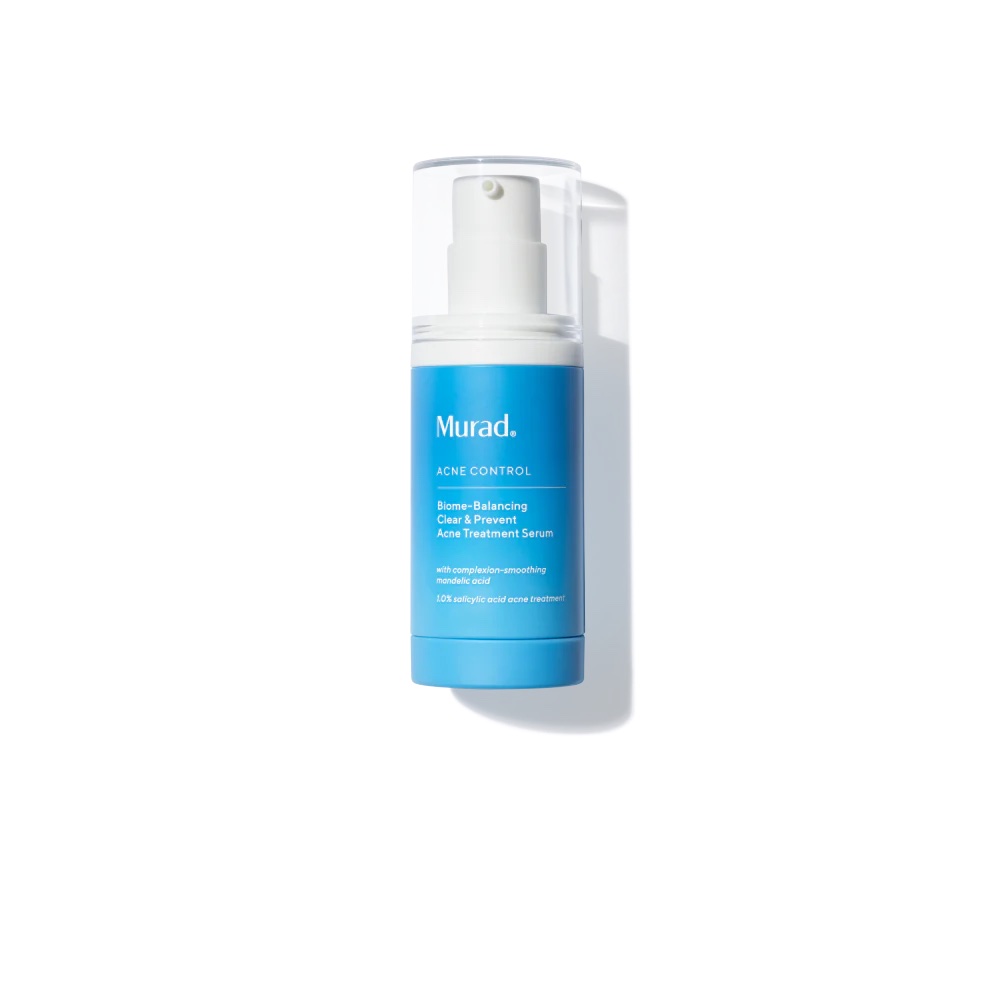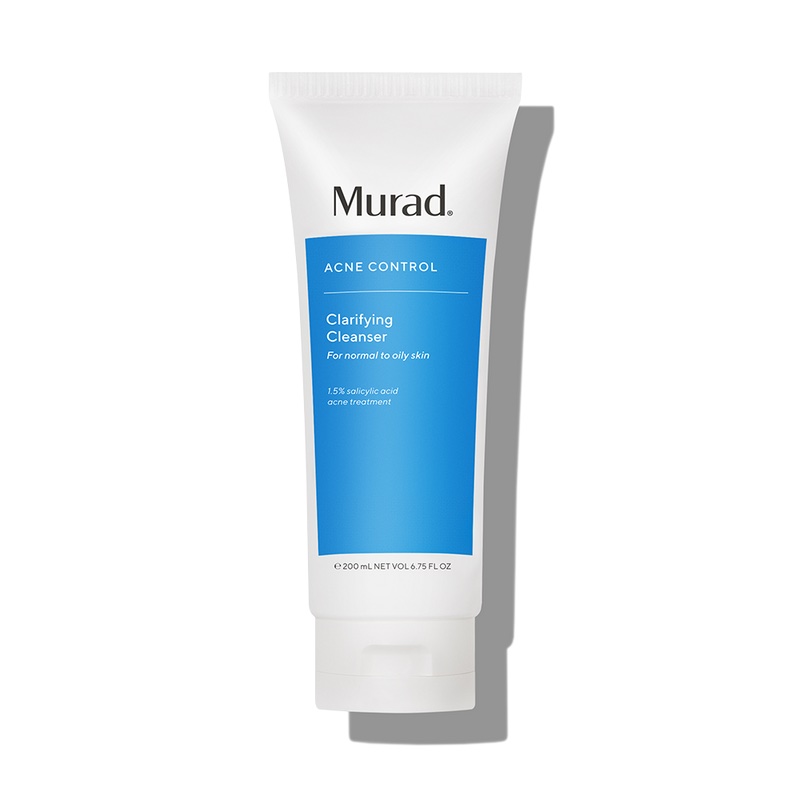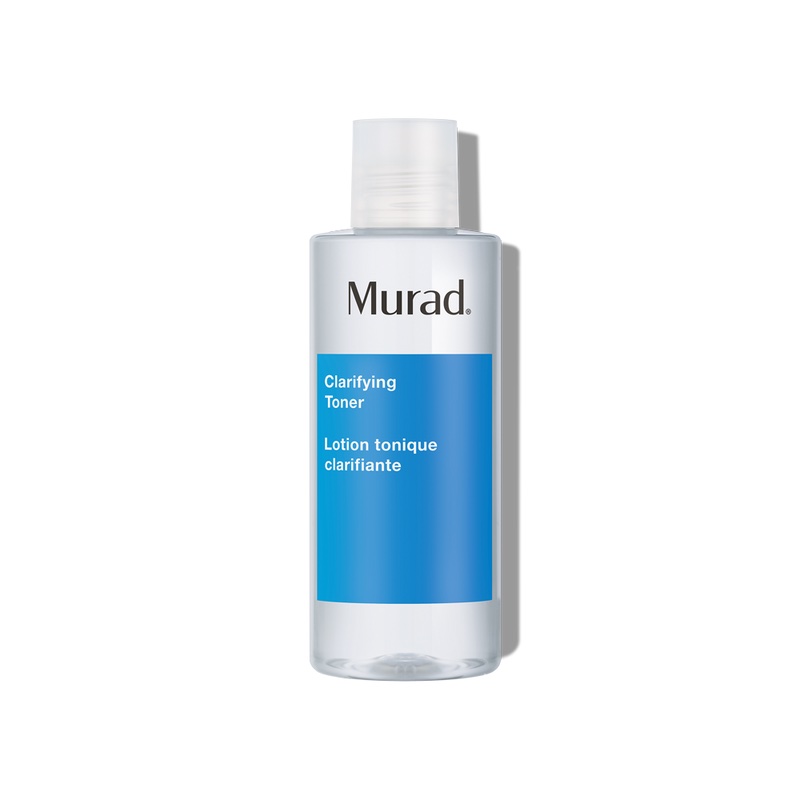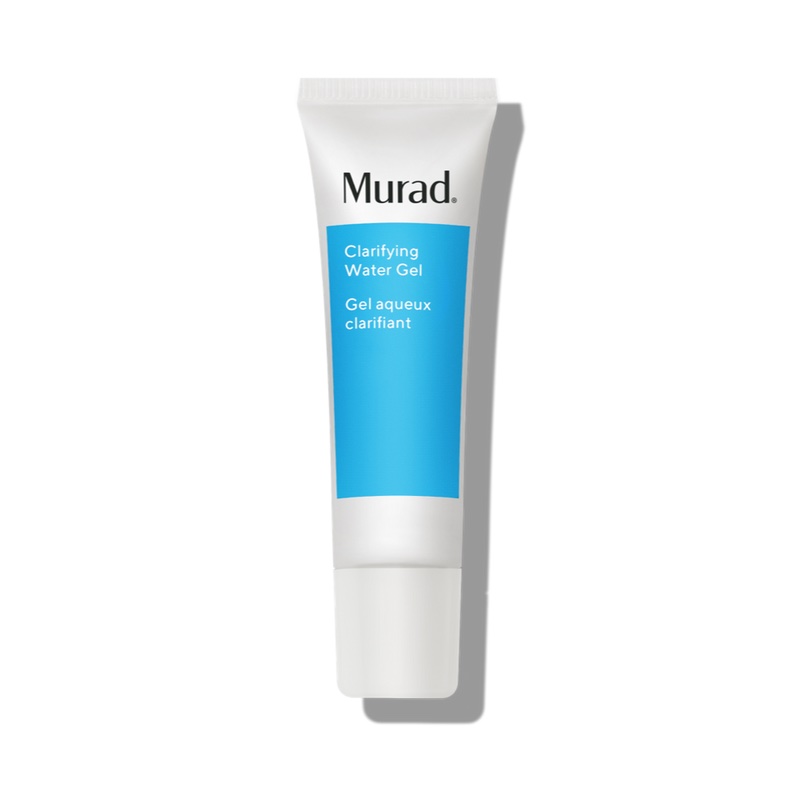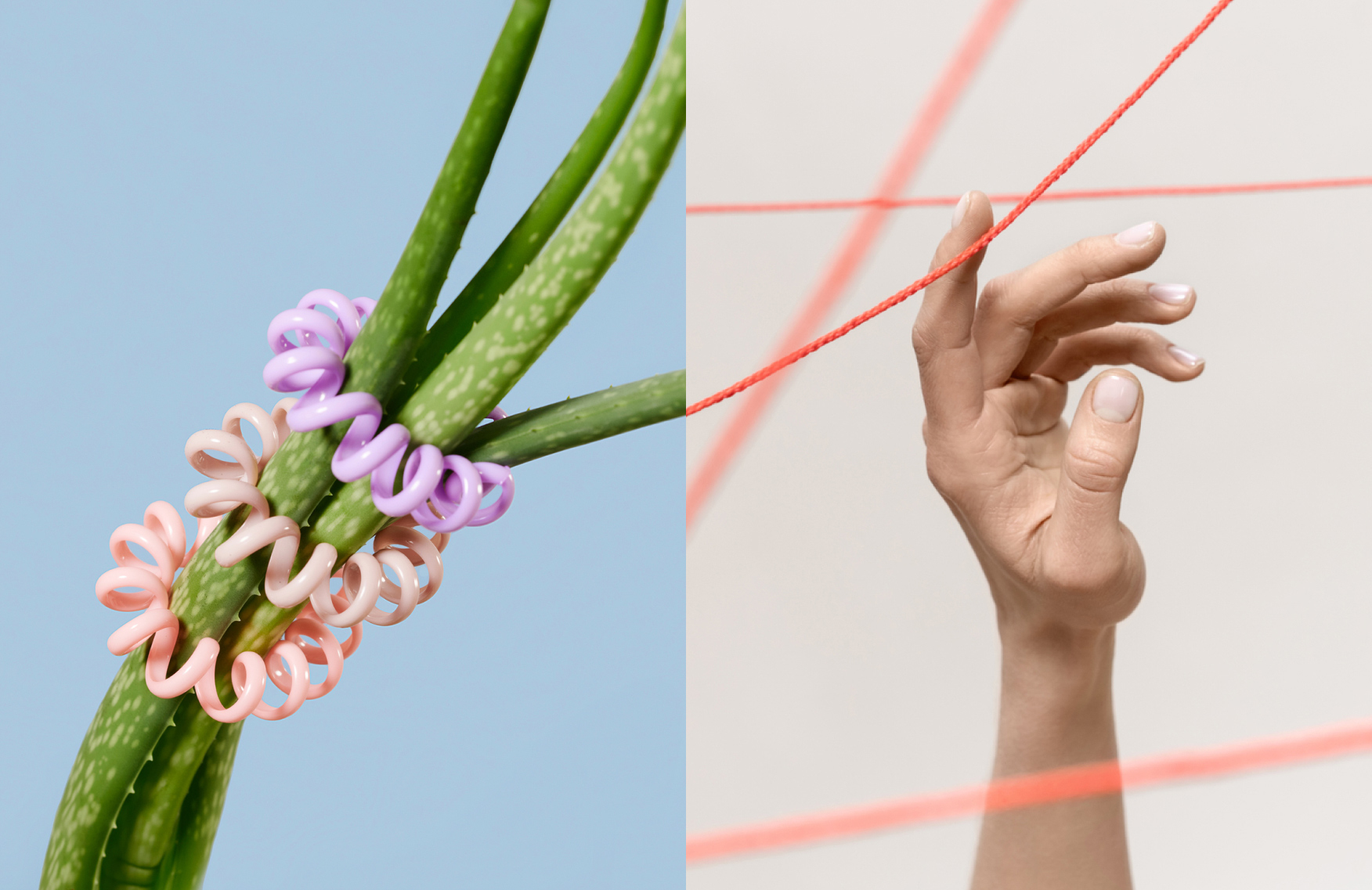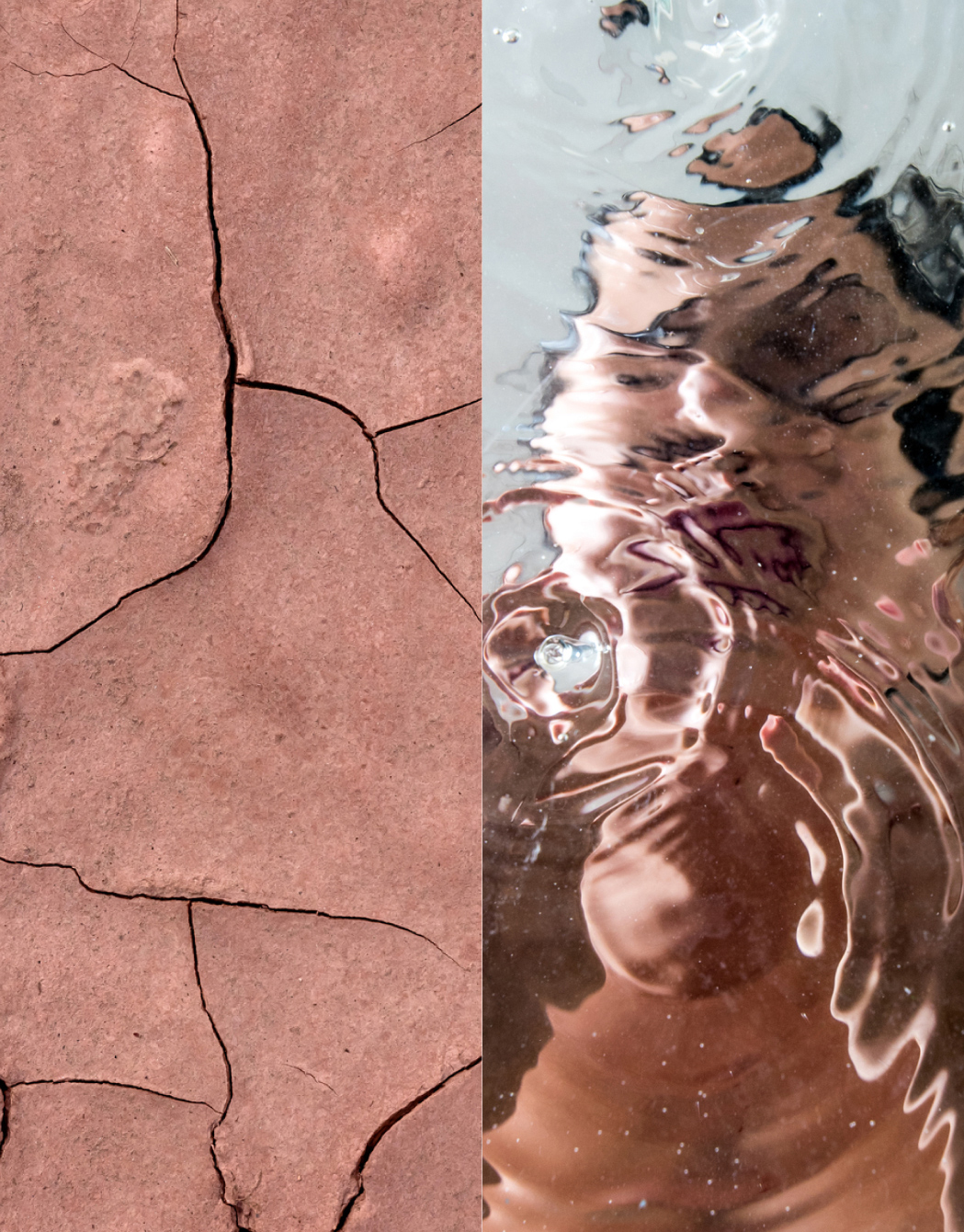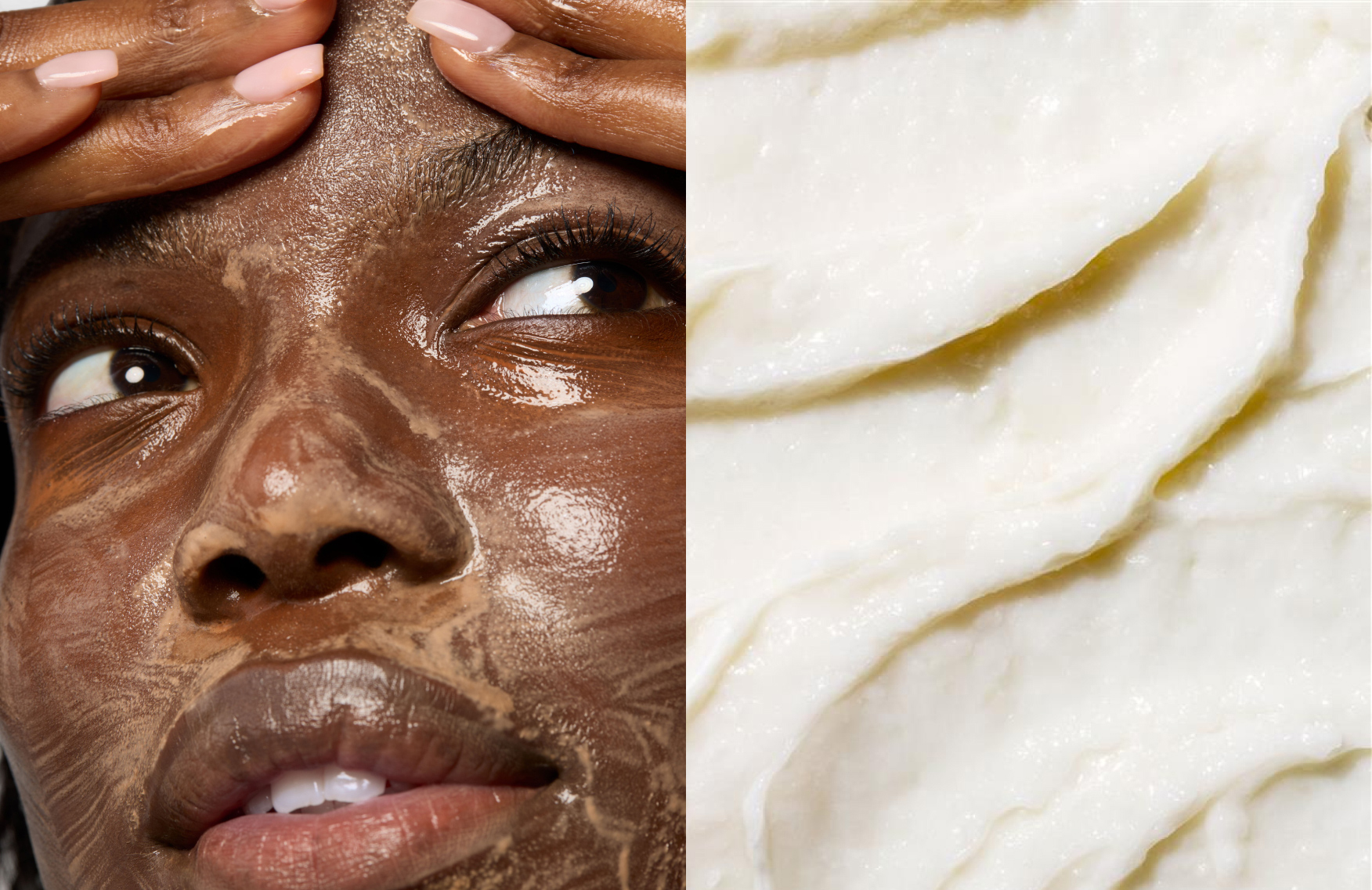Acne academy, part 1: What causes acne? Common triggers and different types of acne, explained
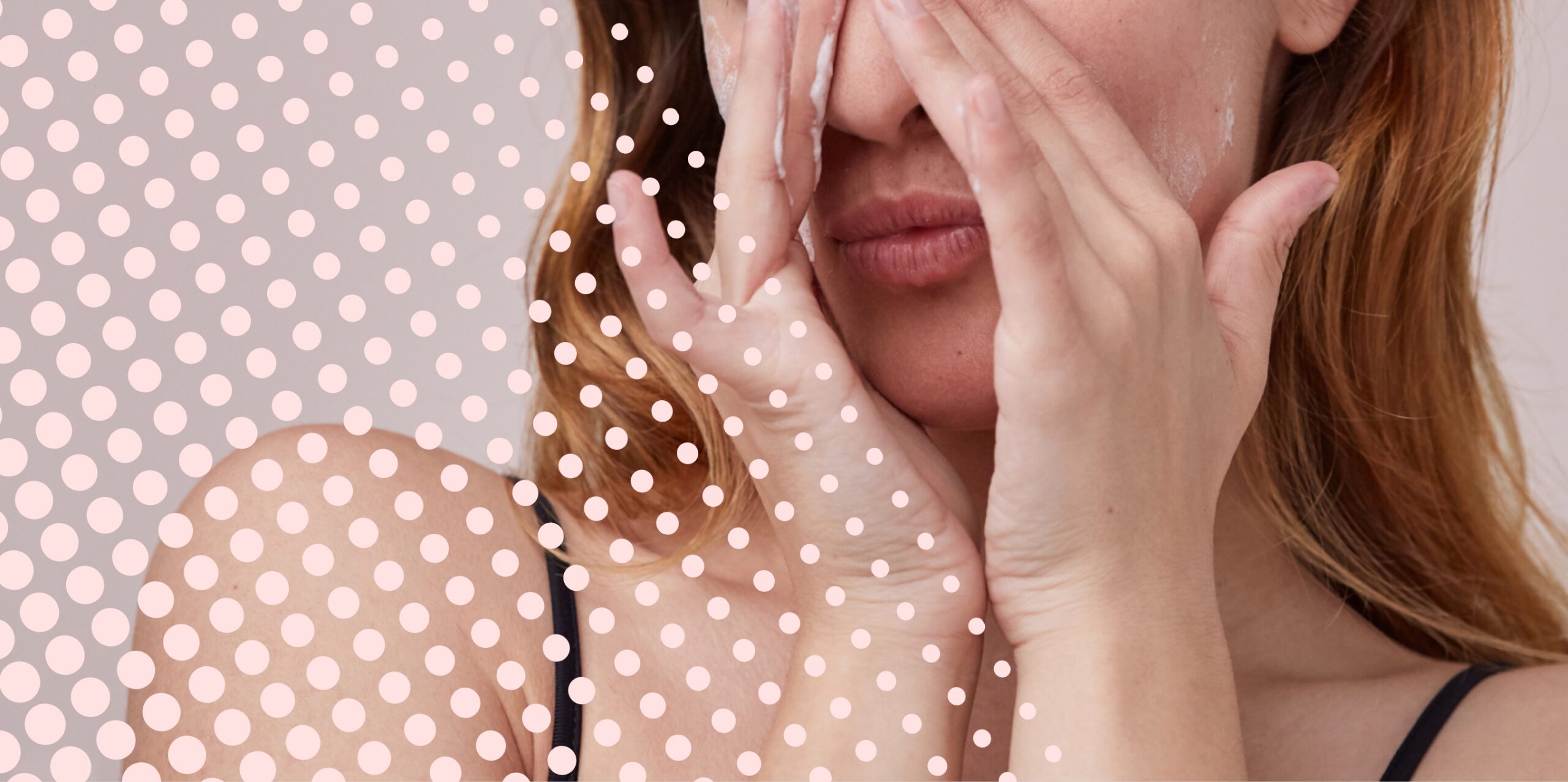
Whether stress- or hormonally induced, acne is the most common skin condition in the U.S., affecting 50+ million annually. It’s no wonder people are always on the hunt for the most effective acne products. But before putting together a regimen to tackle blemishes, it’s critical to understand the fundamentals to make the best, most informed decisions. So here goes:
What causes acne?
In a nutshell, here’s what causes acne: acne triggers include sebaceous glands, keratinocytes and the bacteria known as cutibacterium acnes (aka, c. acnes bacteria). Sebaceous glands are found all over your skin and produce sebum, a type of oil, which keeps your skin moisturized and protected. Keratinocytes, or skin cells, are the are the main type of cell on the outer layer of your skin, and you shed them regularly as part of the natural skin repair process. Cutibacterium acnes (c. acnes) is the semi-new kid on the block: Formerly referred to as p. acnes, c. acnes are the strain of bacteria commonly found on human skin and hair.
When these elements live in harmony, you typically have blemish-free skin. But if just one of these gets thrown out of whack (for example, the sebaceous glands go into overdrive due to hormones, diet or any number of reasons), you’ll start to get the tell-tale signs of acne: congestion, redness, swelling and pain associated with breakouts.
What are the different types of acne?
The different types of acne are graded from 1-4 in severity, and it’s possible to have more than one type of acne at the same time. Grade 1 is the mildest, non-inflammatory type that shows as blackheads and whiteheads. Noninflammatory acne often responds well to over-the-counter acne treatments and products.
Grades 2 and 3 are moderate/moderately severe and register as inflammatory acne. These grades are identified by small, tender, pink bumps near the skin’s surface called papules and pustules, as well as inflamed nodules. Over-the-counter treatments and acne spot treatments with active ingredients like salicylic acid and sulfur may be used in conjunction with prescription treatments.
Grade 4 is the most severe form of acne identified by painful nodules that are solid to the touch and are deep within skin. This grade is often referred to as cystic acne, and while treatments for severe acne were traditionally exclusive to dermatologists, new ingredient innovations (like plant-based steroids, see below) can make over-the-counter treatments equally effective.
Regardless of your acne grade, as you’ve likely heard your entire life, remember that picking, popping, poking or overusing cleansing or exfoliating agents should always be avoided. The result can be stubborn post-acne scarring and discoloration that can leave as much of an emotional toll as acne itself.
What are some essential products for acne?
Cleansers for blemish-prone skin have two jobs. The first is to help remove dead skin cells and oil from the skin. The second is to help your skin remain balanced—not too dry or too oily. A study in the Journal of Dermatological Treatment found that patients whose skin was treated with a cleanser containing salicylic acid continued to show a reduction in blemishes for four weeks after they stopped using the cleanser. This suggests that a cleanser with salicylic acid is an effective tool for reducing blemishes.
Chemical-based exfoliators help improve skin cell turnover by removing dead skin cells from the skin’s surface. Chemical exfoliators usually include ingredients like glycolic acid (an alpha hydroxy acid) and salicylic acid (a beta hydroxy acid), and are different from physical exfoliators because you don’t scrub the product into your skin; rather chemical peels work without any necessary friction by dissolving the “glue” that holds skin cells together to speed exfoliation. This can be a better approach as physical scrubs can prematurely pop or break the skin, potentially creating a post-acne scar.
Sunscreens are often considered the last line of defense against breakouts, especially post-acne scarring. If you’re worried about SPFs feeling greasy or clogging pores, look for lightweight, oil-free sunscreens that are non-comedogenic. Although wearing an SPF should already be a part of your daily routine, if you’re using blemish products, it’s even more critical, as many of the actives in acne treatments can make skin more sensitive to UV rays.
What are some the newest acne-fighting ingredients?
While the power of salicylic acid remains undisputed with the FDA continuing to classify it as a tried-and-true acne-fighting ingredient, new science-backed ingredient discoveries are providing additional treatments that target acne-causing bacteria, while minimizing side effects like dryness.
Retinoids are one of the most powerful blemish-battling options, specifically for mild to moderate cases. One form, retinol, was actually a clinically proven and prescription-only acne treatment long before it was a wrinkle fighter. You can find retinoids in many topical skincare products, including serums, creams and peels.
For those with deep, painful, under-the-surface cystic acne, in-office dermatological cortisone injections seemed to be the only pathway to relief. But innovative ingredient findings show that topical treatments with phytosteroids (phyto = plant) can be an alternative that doesn’t require an office visit (or needle). Specific amino acids found in topical serums and treatments have also been shown to target the “bad” c. acnes bacteria without taking out the “good” bacteria skin needs to be healthy and balanced.
The views expressed in this article do not necessarily represent the views of Murad, and are for informational purposes only, even if the advice of physicians and medical practitioners are included. This article is not a substitute for professional medical advice, diagnosis or treatment, and should not looked be considered specific medical advice.
FAQs
- What type of acne do I have?
- There are different types of acne, graded from 1-4, 1 being the mildest form (think blackheads and whiteheads), and 4 being the most severe (think painful, solid nodules deep beneath the skin. These are also called blind pimples).
- What is the best serum for acne?
- The best serum for acne is dependent upon the type of acne you have, your skin type, and your preference for how products feel on the skin and/or work under makeup. When targeting acne to clear your skin, take a less-is-more approach, especially when treating with proven acne fighters like salicylic acid at 2% (the highest you can get over the counter) that can be harsh and overdrying if not formulated with acne-friendly hydrators and skin soothers. You can also look for products that pair proven active ingredients with innovative, gentle technologies that balance bacteria for a healthier microbome—a key factor in clearing and preventing future breakouts.
- What are the best products for acne-prone skin?
- The best skincare routine for acne-prone skin is as unique as the individual, and finding a skincare routine for acne-prone skin can be a lot of trial and error with various products and ingredients. Fortunately, you have many options to choose from, and treatments can include proven ingredients (think salicylic and retinol) as well as newfound, biome-friendly technologies that strategically target bacteria and an imbalanced microbiome to keep skin clear.
More about acne here:
Acne academy, part 2: The biggest acne myths—ditch them to take your skincare routine to the next level
Acne academy, part 3: The toner ingredients and hacks you need to know if you have acne-prone skin
Acne academy, part 4: The all-important cleanser and what to consider when choosing one
References for this information:
National Institute of Arthritis and Musculoskeletal and Skin Diseases Website, Health Topics
American Academy of Dermatology Association Website, Diseases & Conditions
Clinical, Cosmetic, and Investigative Dermatology, 2019, issue 12, pages 151-161
Journal of Dermatological Treatment, volume 21, issue 3, pages 201-205
Drugs in Context, 2021, 10:2021-8-6
